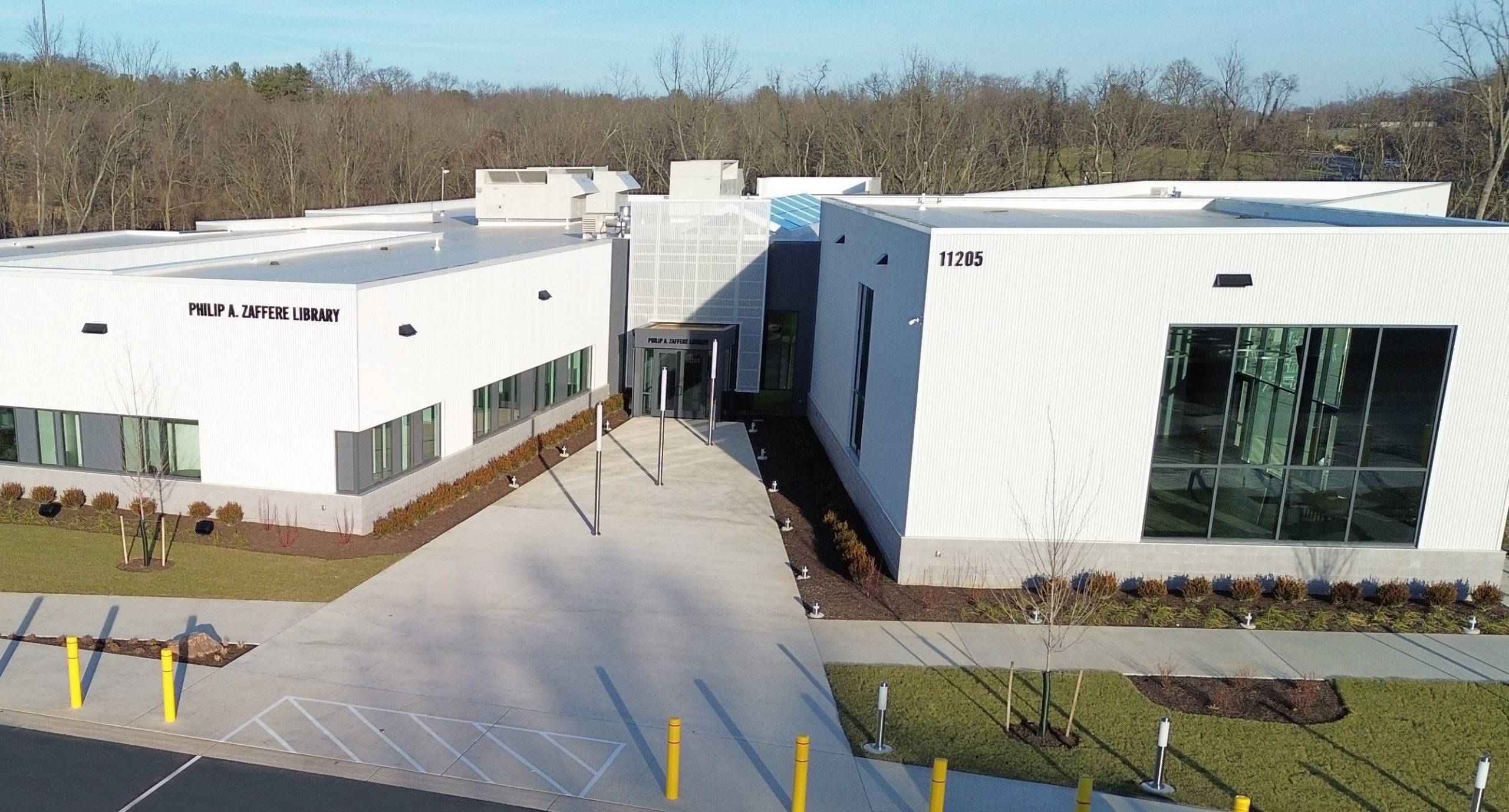
Caption: Public History majors help to manually clear kudzu from the Greenspring campus.
As part of “Mustangs Make A Difference” community service day, Stevenson’s Public History “first year” students joined with the Center for Environmental Stewardship as well as the Chesapeake Conservation Corps to help remove invasive kudzu from our Greenspring campus. Kudzu, an invasive species, was brought over from Asia for our 1876 Centennial Exposition as a “wonder” plant capable of preventing large scale soil erosion in the South. Since then, it has proven itself highly adaptable to various climates and has aggressively grown throughout the United States.
Caption: Stevenson’s kudzu warriors (L to R): Nina Gill, Jessica Miller, Mina Altman, Scott Jenkins, Diamon Clark (Chesapeake Conservation Corps), and mystery man Nick Harris.
Hated by many for its explosive growth, kudzu can climb across valuable trees using them as a scaffold on which to spread its leaves. The vine rapidly engulfs the tree and cuts off sunlight to that tree’s leaves. The tree soon dies. Kudzu does have a mixed reputation, however. It has also been prized by many for its use as animal forage, organic medicine, and food. Over the years, chemical herbicides have proven effective at controlling kudzu, but those herbicides can come with side effects. This day our Stevenson Public History majors learned how to clear kudzu manually without the use of toxic chemicals.
Caption: After two hours we have cleared an area about 50 ft in width and 30 ft deep. Kudzu vines two inches in diameter were cut and piled in the foreground.
Our PHIST majors learned that you can burn a lot of calories rescuing trees from mature kudzu infestation. Vines are cut using pruning shears or Sven saws about 12″ off the ground. Then, the overhead vines, now detached from their roots, are pulled from the trees whenever possible. Finally, the “root” is followed underground using shovels and pickaxes to unearth its “crown,” that part of the plant from which new growth springs. The crown is cut and detached from the rest of the tuberous root and that area made safe from the growth emanating from that particular crown.
Caption: Kudzu crown on saw blade with kudzu vine extending to its L and R. Photo by Louis W. Adams, Jr. The Coalition to Control Kudzu Without Herbicides
Why was it important for our PHIST majors to learn all of this? It is part of the history and culture of the area. As they interpret various historic properties to the public it’s important for them to know about the plant, its history, as well as its pros and cons. In addition, they need to be hyper aware of the threat posed by the plant to historic structures, landscapes, and heritage growth in an area. Finally, they need to be aware of the various ways our society has tried to control it and the pros and cons of each. The ultimate question is under what conditions need it be eradicated and under what conditions can we live with it? While on this day we sought to kill it, on another we might choose to plant it as forage for goats and cattle at a historic farm, fry its leaves as a snack at a historical society, or examine its uses to control metabolic syndrome in a primitive medicine class.
Caption: After about three hours work we have cleared the kudzu from the native trees and busehes on this part of the campus.





